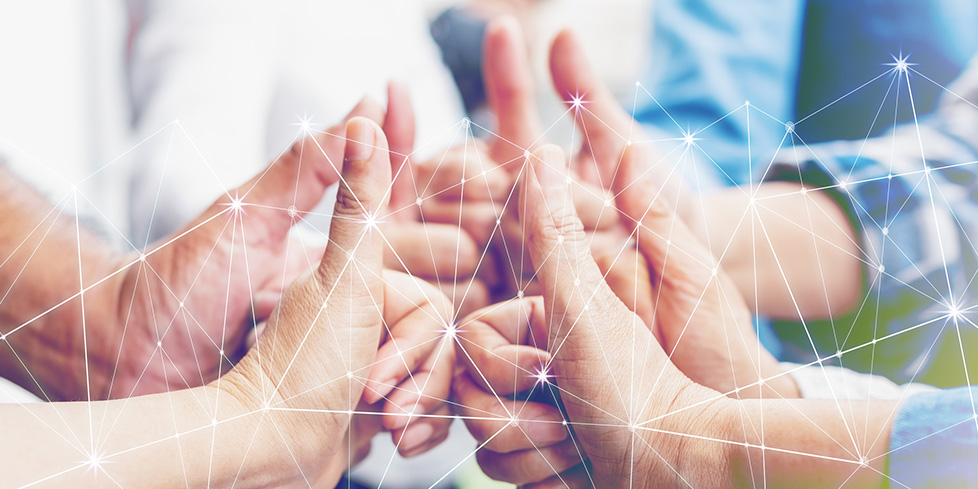QuDoS case study – MS Therapeutic Opportunities (TOPS) team
Tania Burge, MS Specialist Physiotherapist & Angela Davies Smith, MS clinical specialist research physiotherapist, North Bristol NHS Trust
Your name, job title and centre
Tania Burge, MS Specialist Physiotherapist & Angela Davies Smith, MS clinical specialist research physiotherapist, North Bristol NHS Trust
Project / initiative name
MS Therapeutic Opportunities (TOPS) team
Project start date
2016
Challenge
1. Bridging the gap between research studies and clinical practice
2. Providing patients with timely access to relevant research projects
3. Boosting the limited evidence base for AHP MS management
4. Seamless referral to AHP symptom management
Solution
1. Setting up a team that encompassed MS clinical and research specialists
2. Ensuring all members of the clinical team had a thorough understanding of all projects being managed by the research team
3. Ensuring patients are referred to relevant research projects in a timely manner
4. Innovative working to provide timely patient interventions
Results
All our group interventions collate data regarding outcome measures.
People who took part in the Fatigue: Applying Cognitive behavioural and Energy effectiveness Techniques to lifeStyle (FACETS) course showed clinically significant reductions in fatigue scores.
We also offer a gym-based balance group intervention. Partipcants demonstrated clinically significant improvements in the Berg Balance Scale and a reduced risk of falling.
What was the biggest challenge?
The biggest challenge has probably been trying to keep up with demand as we have had an increasing number of patients coming through the team. The demand on clinic space and appointment time can be difficult to manage and we have ended up with waiting lists for some of the interventions, such as fatigue management.
How did you overcome it?
Careful logistical planning. For example, if we think that a patient needs orthotics and FES, we will try to dovetail our appointments so they can come to the unit and access both services at the same time. We try to run interventions, like the FACETS course, more frequently to keep waiting lists down.
What would be your advice to others wanting to replicate this project?
It works best when we all work in the same building and have a mix of skills. It’s quite rare to have a researcher who is also clinical in your team, so if you don’t have, then we would recommend you make links with those running studies in your area.
They often have difficulty recruiting but they will probably have some excellent projects. It’s difficult when you have a large caseload, but it’s a good idea to really understand what the available studies are. If you can see what the patients would go through, what it means and for what purpose, you can understand how it might help the patient in front of you and makes the extra time you will take to talk about it in clinic worthwhile.
Testimonial quote from colleague or patient
“Coming to the classes has been amazing. I am very disabled with MS and when I first came I could only move one arm and that was getting so weak I couldn’t operate my electric chair independently. The first thing they did was stand me up in a standing frame. It felt marvellous to be upright again. It took many weeks of work but gradually, over time, I began to get more strength back in my upper body. I thought all the weakness I had was due to the MS but some of it was because I had been sitting for so long. Now I have much more strength in my upper body, I sit upright in the chair and can even operate my electric chair because my arm is stronger. I also had time to talk to the physio about my medication and, over time, I have reduced my spasticity medication with the help of the physio running the class. As a result, not only do I feel less tired and my brain fog has gone, but I am also continent again and can wear normal underwear which is fantastic! I would definitely recommend exercise however disabled you are. You feel as if you’re doing something to help yourself instead of just sitting there.”
Mary, aged 68
